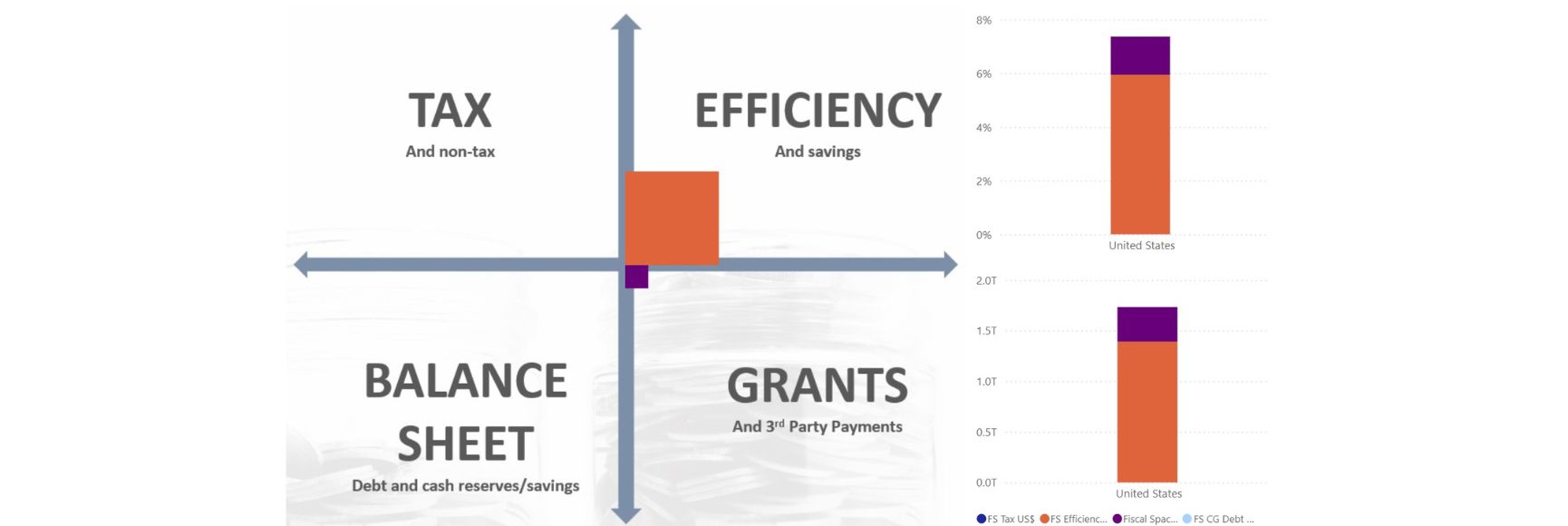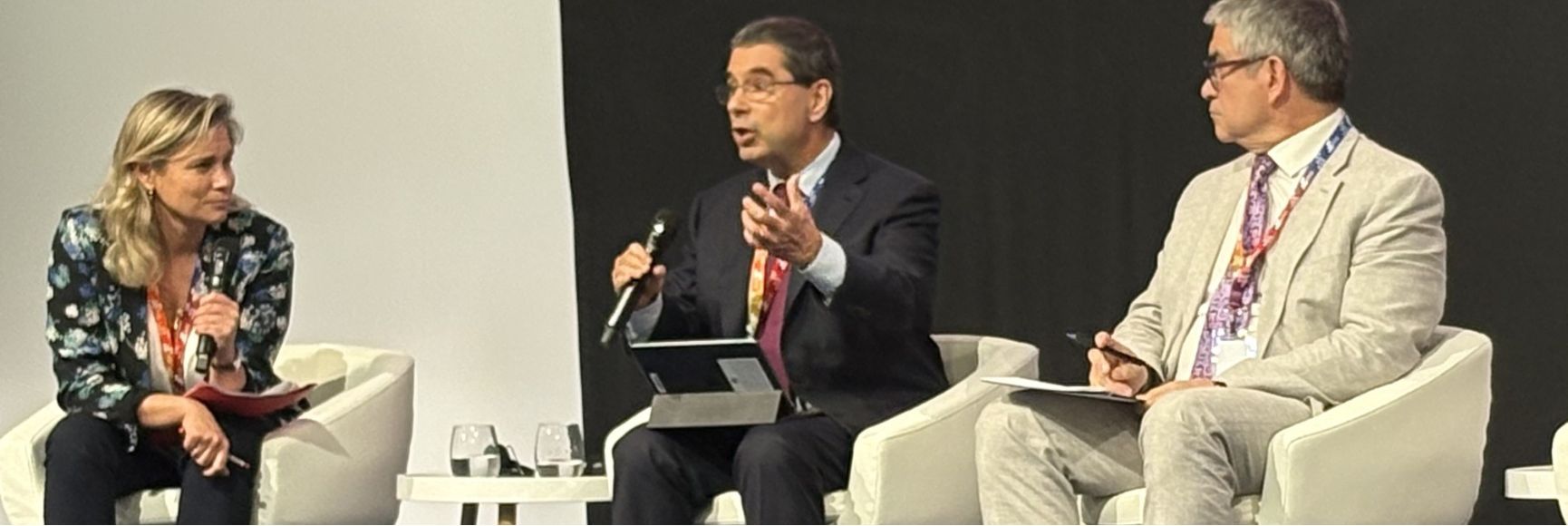Posted by Bacari Koné and Abdoulahi Mfombouot
On December 19, 2011, the Council of Ministers of the Central African Economic and Monetary Community (CEMAC)[1] adopted six revised directives that seek to harmonize the legal framework for fiscal management in its Member States.
A few years ago, CEMAC embarked on the path of harmonizing the fiscal management systems of its Member States through the adoption of directives that cover the key areas of the public financial management (PFM) system. This initiative, based on WAEMU experience,[2] aims to modernize PFM systems, to make them more transparent and improve the comparability of financial data to better monitor the economic, fiscal, and financial policies of the Member States.
The WAEMU took the lead because it adopted its first directives in 1997 and 1998. Subsequently, based on internationally accepted best practices and standards, it revised and upgraded them in 2009 with support from the IMF.
CEMAC did not adopt its first directives until 2008. In common with the WAEMU, in June 2008 the CEMAC Council of Ministers adopted five (5) directives that were directly applicable in the Member States and that aim to harmonize the legal framework and procedures for PFM in those States. These are:
(i) Directive 01/08-UEAC-190-CM-17 on the Budget Law;
(ii) Directive 02/08-UEAC-190-CM-17 on the General Regulations on Government Accounting;
(iii) Directive 03/08-UEAC-190-CM-17 on Budgetary Nomenclature;
(iv) Directive 04/08-UEAC-190-CM-17 on Government Financial Operations and the fiscal table; and
(v) Directive 05/08-UEAC-190-CM-17 on the Government Chart of Accounts.
However, the first five directives, adopted in June and December 2008, were never implemented for lack of a major support program for the governments, but also due to a certain number of deficiencies or internal inconsistencies. Hence, after an evaluation of those directives by the IMF in August 2009,[3] the CEMAC Commission decided to start over on firmer and sounder foundations. It adopted a cooperative approach with its Member States and engaged in a dialogue with its technical and financial partners (TFPs) and donors for revising these directives.
The revision of the directives involved the Member States as well as the technical and financial partners.
In 2009, the CEMAC Commission submitted a formal request to the Fiscal Affairs Department (FAD) of the IMF for technical assistance (TA) in revising the directives and then preparing country specific action plans for their implementation in all Member States. Thus, FAD was heavily involved in providing TA to CEMAC with Central AFRITAC (AFC) participation to evaluate and then revise the PFM directives by proposing revised draft directives and attending workshops for the discussions and validation of those revised drafts with the representatives of all the Member States in a Sub-Regional Committee of PFM Experts.[4]
The first joint FAD/AFC mission to Bangui in September 2010 identified the objectives, the fundamental options, and the roadmap for revising the directives, as well as an action plan[5] for implementing them in the Member States. The main objectives of revising the directives were threefold:
- Perform technical clean-up to eliminate typographical errors, inconsistencies, and deficiencies;
- Bring the directives into compliance with international standards by checking the relevance and applicability of the international references to the countries of the sub-region; and, afterwards, if needed, tailoring the directives to each country’s specific institutional and administrative features; and
- Determine the procedures for a gradual and customized implementation of the directives to ensure the success of the planned reforms.
Based on these objectives, technical options for the modernization of PFM systems were determined for each of the five topics: budgetary policy, budgeting, budget execution, accounting, and the control of budget execution. Moreover, the decision was made to adopt a sixth directive on the Code of Transparency and Good Governance in PFM to show the commitment of the CEMAC Member States to strengthening transparency in the management of government resources.
The revised CEMAC directives recommend major reforms
The PFM directives, together with the fiscal policy directives, represent an essential component of the commitment of the CEMAC countries to improving the design and management of budget policy to strengthen the foundations of monetary policy and the common currency. In particular, the directives seek to achieve the following main objectives:
- Align the government finance system with international best practices and standards;
- Harmonize the rules for budget preparation, presentation, approval, execution, control, and reporting in all the Member States;
- Promote efficient and transparent fiscal management in all the Member States;
- Ensure the comparability of government finance data to ensure the effective multilateral monitoring of national budgetary policies;
- Promote the integration process in Central Africa.
In short, these directives introduce a certain number of innovations, and the main ones are presented in Box 1 below.
Member States have two years to incorporate the directives into their respective national system of laws. All the modernization provisions that the directives introduce will be phased in according to a timeline that spans roughly ten years.
The adoption and implementation timeline for the directives is indicated below.
TIMELINE FOR ADOPTING AND IMPLEMENTING THE DIRECTIVES
June 2008: Adopt the 5 CEMAC directives
September 2010: Have the IMF and CEMAC prepare an action plan for revising and implementing the directives
October 2010: Create a committee of PFM experts in CEMAC
December 2010: Revise existing 5 directives and elaborating a new one on transparency
February 2011: First technical validation workshop in Douala
April 2011: Second technical validation workshop in Bangui
June-December 2011: Adoption of the revised directives by the CEMAC Council of Ministers
June 2013: Deadline for the transcription of the regional directives into national legislation and start of the progressive implementation of the new directives.
2020: Complete implementation of the directives in all member States.
PREREQUISITES FOR SUCCESSFUL IMPLEMENTATION OF THE CEMAC DIRECTIVES
The successful implementation of the CEMAC directives involves a certain number of prerequisites for the CEMAC Commission as well as the Member States.
A. CEMAC Commission
It is imperative to obtain greater acceptance by the political authorities of the Member States regarding the issues and challenges of the community approach to government finance. Without this buy-in, the implementation of the directives in the Member States is bound to suffer, regardless of the efforts the CEMAC Commission makes.
In the CEMAC Commission, it is important to establish a dedicated government finance department, similar to the one in the WAEMU Commission. This should be a priority to facilitate efforts to oversee the implementation process. This department should be comprised of staff with experience in the various areas of government finance and should be supported as needed by the committee of PFM experts established in October 2010. With this staff, this government finance department would monitor and evaluate the action plan for implementing the reforms and would report to the Council of Ministers as a technical secretariat.
Establish a true system for peer evaluation of the Member States to ensure that the directives will not just be ignored in certain Member States, as has already happened with other CEMAC statutes. In this fashion, community efforts in an area as vital as government finance should maintain the necessary momentum.
Supervision is a prerequisite for satisfactory implementation of the directives. In this respect, it is important for the CEMAC Commission to decide immediately on the institution/institutions (IMF, AFC, World Bank, AfDB, UNDP, EU, bilateral cooperation, etc.) that will be in charge of quality control for all or part of the work done to carry out this community reform. In this respect, the Commission could be guided by the WAEMU experience and assign a topic to one or two partners (guides, training, information systems, etc.)
The effective implementation of the community action plan to support and assist the States to implement the directives adopted in October 2010 inter alia includes communication and capacity building programs in the States. First and foremost, funding is still the most decisive component in this initiative. The extent of the needs that the CEMAC action plan for implementing the directives has revealed makes it imperative to work with the TFPs involved in the area of regional integration in an effort to determine a suitable long-term financing strategy.
In this respect, the first step should be to write an advocacy paper for raising funds from donors and to agree with all the TFPs on a partnership and dialogue platform to provide a framework for discussion on the different types of support and for carrying out the reforms that the directives generate.
The implementation guides for each of the directives should be produced and disseminated as quickly as possible to facilitate their harmonized transcription, followed by their implementation, as this is a priority.
B. CEMAC Member State level
Provision should be made in each Member Sate to facilitate the implementation of the directives according to the schedule prepared by the CEMAC Commission. Because, in reality, there is no point in adopting community directives if the Member States are unable to implement them. At the outset, timetables should be adopted as quickly as possible and technical teams around national PFM experts should be put in place promptly so that the directives can be transposed into national legislations before the deadline specified in the directives, with a sensitization and communication campaign for implementing the new directives, etc.
Special attention should also be paid to carrying out the reforms. The reforms should be part of the national PFM reform strategy that includes an action plan for reforming government finance that is specific to each State, in line with the community strategy and taking the assessment of the situation and institutional capacities into account. Likewise, managing the reforms will necessitate putting in place a high-level institutional reform management framework and a partnership framework with the country’s TFPs. Of course, this will not be sufficient to guarantee the success of the reform; there are other prerequisites, including but not limited to political support, the availability of quality human and financial resources, and the active involvement of all fiscal stakeholders, including members of parliament, civil society, and academia.
The references for the new directives are as follows:
Transparency and Good Governance Code - Directive no. 06/11-UEAC-190-CM-22
Budget Laws - Directive no. 01/11-UEAC-190-CM-22
General Regulations on Government Accounting - Directive no. 02/11-UEAC-190-CM-22
Government Budget Nomenclature - Directive no. 04/11-UEAC-190-CM-22
Government Chart of Accounts - Directive no. 03/11-UEAC-195-CM-22
TOFE - Table of Government Operations - Directive no. 05/11-UEAC-190-CM-22
These are available on the CEMAC website: http://www.cemac.int
CONCLUSION
The new directives represent a very significant improvement which will bring the legal and regulatory framework of PFM in the CEMAC Member States very much in line with international best practices and standards. There is a transition period of eight to ten years for the full implementation of the directives.
The Commission and the Member States understand the difficulties, challenges, and requirements for the successful implementation of the new directives. On that basis, in October 2010 they adopted an action plan for the full implementation of the directives in member States. It is an ambitious action plan aimed at assisting and supporting member States in implementing the directives. During the transition period, it includes, for example, programs in the areas of communication, capacity building, and appropriate financial management information systems and, in particular, diagnostic studies of the PFM systems of member States in order to design country specific action plans taking into account the particular situation and institutional capacities of each State. Therefore, the Commission and Member States have stressed the need for technical and financial assistance from the donors (technical and financial partners) to help them finance this action plan, the implementation of which is one of the requirements for successfully implementing the new directives.
[1] The following six (6) countries are members: Cameroon, Central African Republic, Chad, Republic of Congo, Equatorial Guinea, and Gabon.
[2] The West African Economic and Monetary Union is composed of eight (8) countries in the region: Benin, Burkina Faso, Côte d’Ivoire, Guinea Bissau, Mali, Niger, Senegal, and Togo.
[3] IMF (FAD): “Analyse des directives de la CEMAC” [Analysis of CEMAC Directives]; August 2009.
[4] Created for this purpose by the CEMAC Council of Ministers of October 28, 2010 (Rule 05/10-UEAC-190-CM-21), the Sub-Regional Committee of Fiscal Management Experts is comprised of three senior civil servants representing each Member State, as well as experts from the BEAC, the BDEAC, and the CEMAC Commission.
[5] The plan consists of seven programs: P1: Revision of the directives; P2: Disseminating the revised and adopted directives; P3: Capacity building for stakeholders; P4: Translating the directives into national law systems; P5: Monitoring/evaluation of revision and implementation; P6: Upgrading information systems; P7: Supporting the implementation of the reforms in the Member States.
Note: The posts on the IMF PFM Blog should not be reported as representing the views of the IMF. The views expressed are those of the authors and do not necessarily represent those of the IMF or IMF policy.





